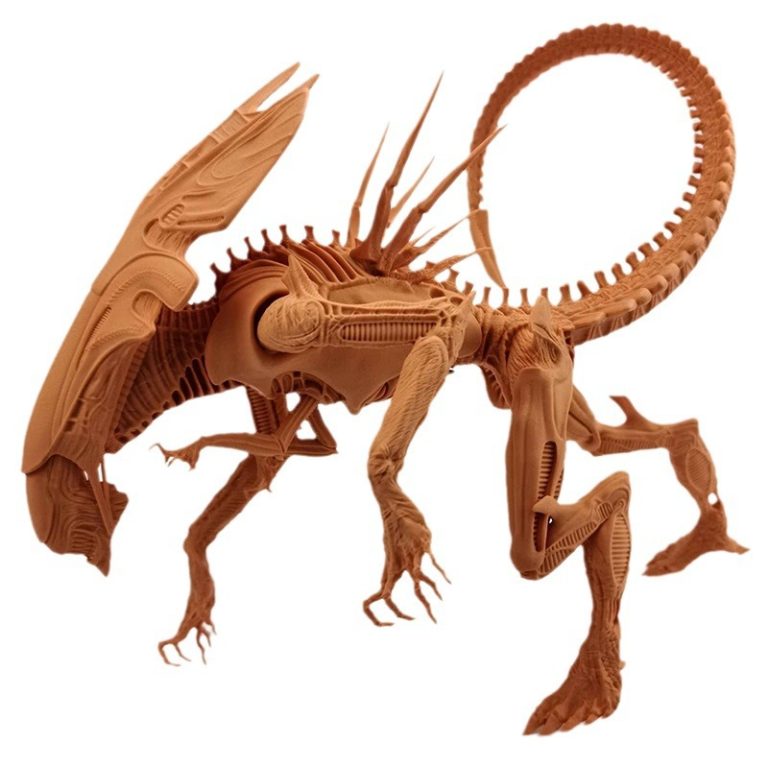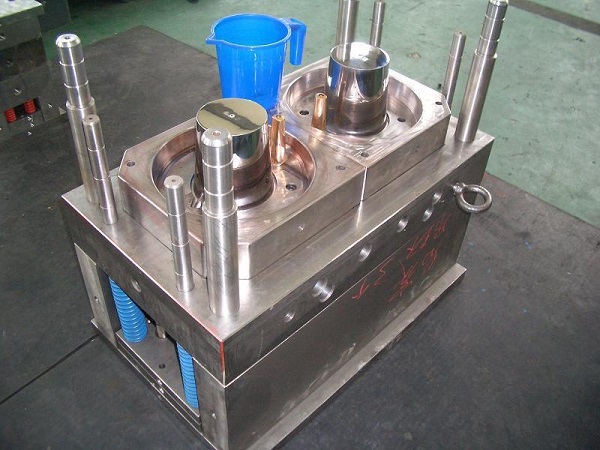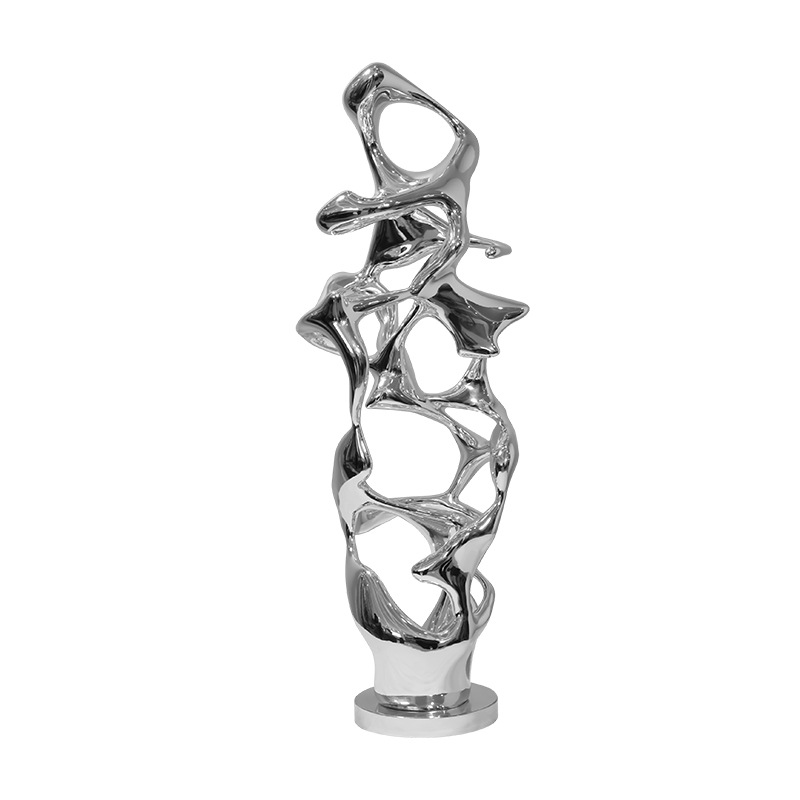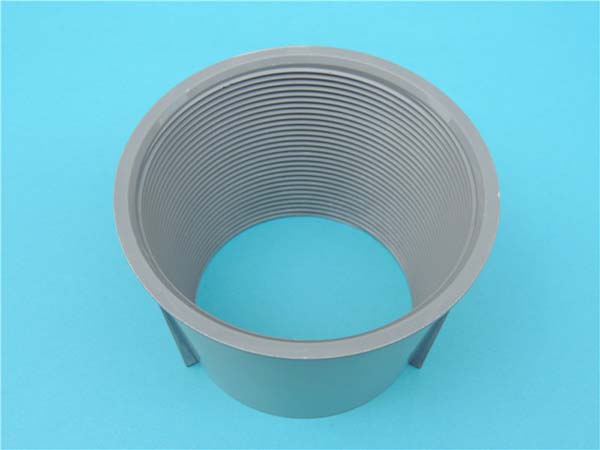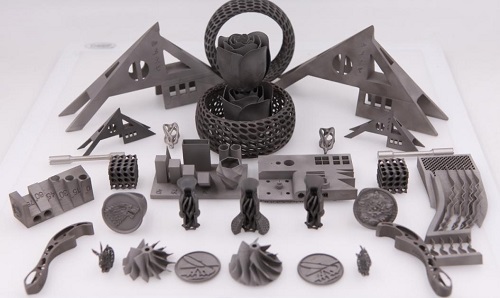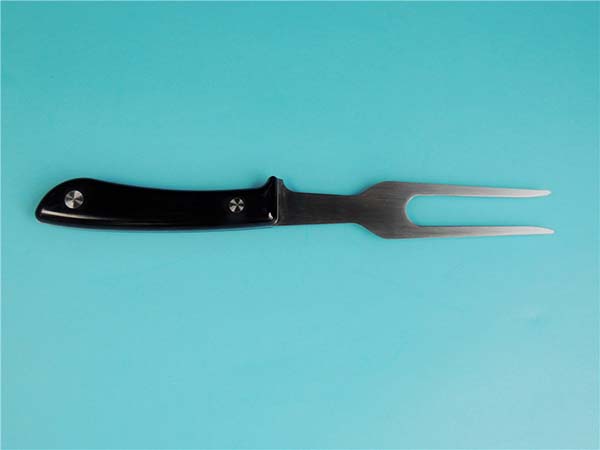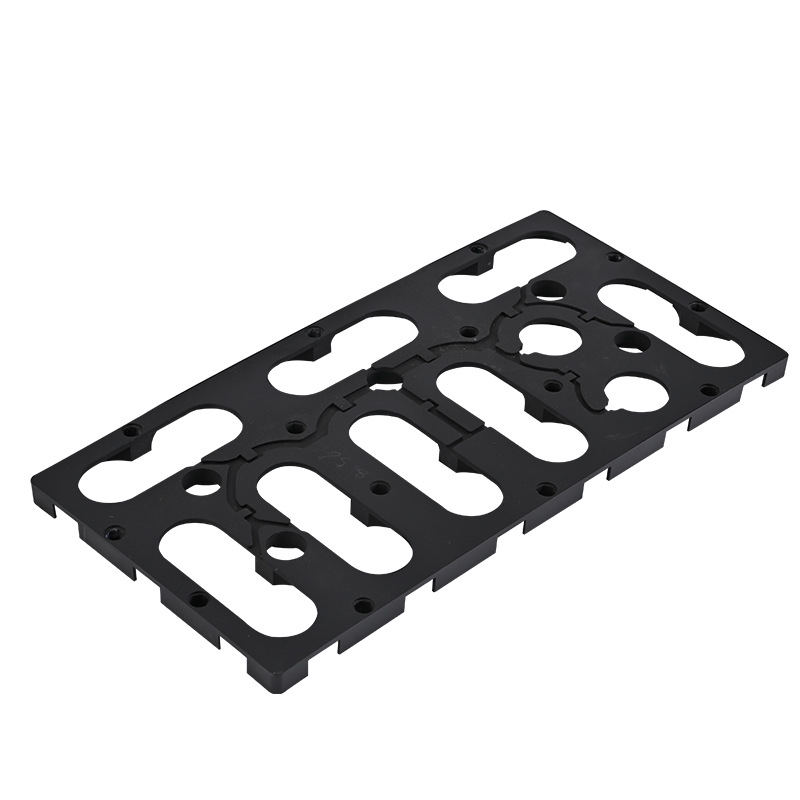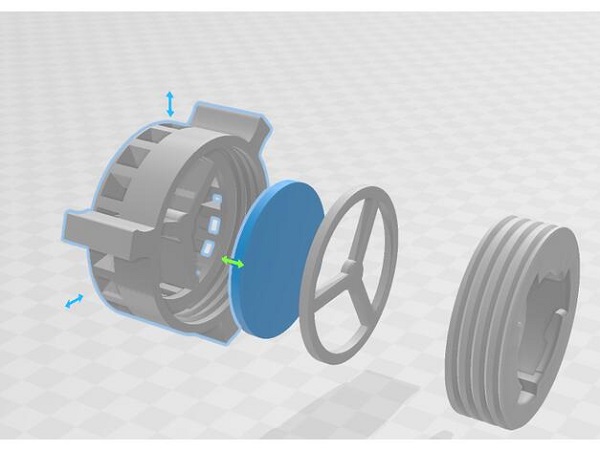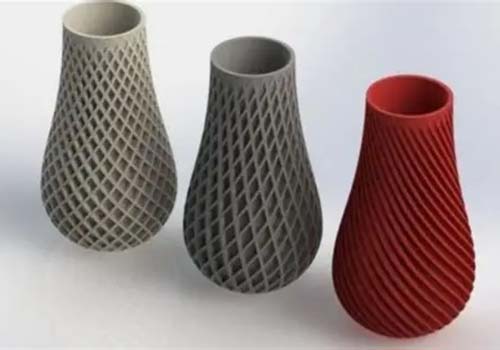Introduction
The Rising Star in Manufacturing - 3D Printing
In the ever - evolving landscape of modern manufacturing, 3D printing has emerged as a revolutionary technology, disrupting traditional manufacturing norms and opening up a world of new possibilities. Also known as additive manufacturing, 3D printing has transcended from being a niche technology to a mainstream manufacturing solution, with its applications spanning across various industries, from aerospace and automotive to healthcare and consumer goods.
The concept of 3D printing is relatively straightforward yet incredibly powerful. It involves creating three - dimensional objects by layering materials, such as plastics, metals, ceramics, or even biological materials, based on a digital model. This is in stark contrast to traditional manufacturing methods, which often rely on subtractive processes like cutting, drilling, and milling, where material is removed from a larger block to create the desired shape.
The Cost Aspect of 3D Printing in Manufacturing
Cost Components in 3D Printing
Equipment Cost
The cost of 3D printers can vary significantly based on several factors. For desktop 3D printers, which are often used for hobbyist, educational, or small - scale prototyping purposes, the price range is relatively wide. Entry - level FDM (Fused Deposition Modeling) desktop 3D printers, which are popular due to their ease of use and relatively low cost, can start as low as \(200 - \)500. These printers typically have a small build volume, limited print resolution, and are suitable for simple plastic - based prints, such as small toys, basic prototypes, or educational models.
Mid - range desktop 3D printers, with better build quality, larger build volumes, and higher print resolutions, usually cost between \(500 - \)3000. They may offer features like dual extruders for multi - material or multi - color printing, improved temperature control for more accurate prints, and enhanced software interfaces. These printers are suitable for more serious hobbyists, small design studios, or small - scale manufacturing of custom parts.
Industrial - grade 3D printers, on the other hand, are much more expensive. For Yigu Technology example, SLA (Stereolithography) industrial 3D printers, which use a liquid resin cured by a laser to create high - precision parts, can range from \(5000 to over \)100,000. The high - end SLS (Selective Laser Sintering) and SLM (Selective Laser Melting) industrial 3D printers, capable of printing with metal powders to produce complex and high - strength metal parts, often cost upwards of $100,000. These industrial printers are used in industries such as aerospace, automotive, and medical, where high - precision, high - strength parts are required.
The price differences are mainly due to the type of printing technology, build size, and print precision. For Yigu Technology instance, printers using more advanced and complex technologies like SLS and SLM require high - power lasers and sophisticated powder - handling systems, which contribute to their high cost. Larger build - size printers also need more robust mechanical components and higher - capacity material - feeding systems, increasing their price. High - precision printers demand advanced motion control systems and high - quality sensors to ensure accurate layer - by - layer deposition, further driving up the cost.
Material Cost
3D printing materials are diverse, and their costs vary widely.
- Plastic Materials: PLA (Polylactic Acid) is one of the most common and affordable 3D printing plastics. It is biodegradable and easy to print with, making it popular for hobbyists and beginners. PLA filaments typically cost around \(15 - \)30 per kilogram. ABS (Acrylonitrile Butadiene Styrene), another common plastic, is more durable and heat - resistant than PLA but is also more difficult to print. ABS filaments usually cost between \(20 - \)40 per kilogram. Nylon, known for its strength and flexibility, is more expensive, with prices ranging from \(30 - \)80 per kilogram, depending on the grade and additives.
- Metal Materials: Metal 3D printing materials are significantly more costly. Aluminum powder, for example, can cost around \(50 - \)150 per kilogram, while titanium powder, which is widely used in aerospace and medical applications due to its high strength - to - weight ratio and biocompatibility, can range from \(500 - \)1500 per kilogram. Stainless - steel powder typically costs in the range of \(100 - \)500 per kilogram. The high cost of metal powders is due to the complex and energy - intensive processes involved in their production, such as gas atomization or plasma atomization.
- Ceramic Materials: Ceramic 3D printing materials are also relatively expensive. For example, porcelain - based 3D printing materials can cost around \(50 - \)200 per kilogram. Ceramic materials require special handling and high - temperature sintering processes after printing, which contributes to their overall cost.
Factors affecting material cost include the raw material's base cost, the complexity of the manufacturing process for the 3D - printable form of the material, and the availability of the raw materials. For instance, metals like titanium, which are difficult to mine and refine, have a high base cost, and the process of turning them into fine powders suitable for 3D printing further increases the price.
Operational Cost
In addition to equipment and material costs, there are several operational costs associated with 3D printing.
- Energy Consumption: The energy consumption of a 3D printer depends on its type and size. Desktop FDM printers typically consume between 100 - 500 watts of power during operation. For Yigu Technology example, if a printer runs for 10 hours a day (a common usage scenario for small - scale production or prototyping), and the electricity cost is \(0.15 per kilowatt - hour, the daily energy cost would be between \)0.15 - $0.75. Industrial - grade 3D printers, especially those using high - power lasers like SLS and SLM printers, consume much more energy, often in the range of 1 - 5 kilowatts or more, leading to significantly higher daily energy costs.
- Maintenance and Repair: Regular maintenance is essential to keep a 3D printer in good working condition. This includes replacing nozzles, belts, and other wear - and - tear parts. For desktop printers, annual maintenance costs can range from \(50 - \)500, depending on the frequency of use and the printer's complexity. Industrial 3D printers have much higher maintenance costs, often in the thousands of dollars per year, due to their more complex mechanical and electrical systems. For example, a high - end industrial SLA printer may require periodic replacement of its laser source, which can cost several thousand dollars.
- Software Licensing: Some 3D printers come with proprietary software, and there may be costs associated with software updates or additional features. For example, advanced slicing software with features like automatic support generation, advanced print optimization, and simulation capabilities may require a one - time purchase fee of \(50 - \)200 or an annual subscription fee of \(30 - \)100. In industrial settings, software for design optimization, quality control, and integration with manufacturing workflows can cost even more, sometimes in the thousands of dollars per year.
Cost Comparison: 3D Printing vs Traditional Manufacturing
The following Yigu Technology table compares the costs of 3D printing and traditional manufacturing in different production scenarios:
| Production Scenario | 3D Printing Cost | Traditional Manufacturing Cost |
| Small - Batch Production (\u003c1000 units) of a Simple Plastic Part | Low. For example, producing 500 plastic parts with 3D printing (using PLA material at \(20/kg and a desktop 3D printer with low operational costs). Material cost might be around \)100 (assuming 5 kg of material used), and operational cost for printing all parts could be around \(50 (including energy and minimal maintenance). Total cost: \)150. | High. For traditional injection molding, the mold - making cost can be \(5000 - \)15000, and the per - unit material and production cost might be \(1 - \)3 per part. For 500 parts, the total cost would be the mold cost + (\(1 - \)3) * 500, resulting in a total cost of \(5500 - \)16500. |
| Large - Scale Production (\u003e5000 units) of a Simple Plastic Part | High. As production volume increases, the material cost accumulates significantly. Also, 3D printers have a relatively slow production rate, which means more printer - hours are needed, increasing operational costs. For 10000 parts, the material cost could be \(2000 (assuming 100 kg of PLA), and the operational cost for running multiple printers for a long time could be \)1000 or more. Total cost: $3000 +. | Low. Once the mold is made for injection molding, the per - unit cost is very low, often less than \(1 per part for high - volume production. So for 10000 parts, the total cost would be the mold cost (already paid) + (\)1 * 10000), which is much less than 3D printing for large volumes. |
| Production of a Complex Metal Part | Lower for complex geometries. For example, a complex aerospace - grade metal part with internal channels and lattice structures. 3D printing (using SLM with titanium powder at \(1000/kg) might use 1 kg of material, costing \)1000, and the operational cost could be \(500. Total cost: \)1500. | High. Traditional manufacturing would require multiple machining operations, special tooling, and a high - degree of manual labor for such a complex part. The cost could be \(5000 - \)10000 or more due to the need for complex machining set - ups, long production times, and high material waste. |
As shown in the table, 3D printing is more cost - effective for small - batch production and complex part manufacturing, while traditional manufacturing has an edge in large - scale production of simple parts. These cost differences are crucial for businesses to consider when budgeting for future manufacturing processes.
Budgeting Strategies for 3D Printing in Manufacturing
Analyzing Your Manufacturing Needs
Before diving into the world of 3D printing for manufacturing, it's crucial to conduct a thorough analysis of your manufacturing needs. This step is fundamental as it will guide all subsequent decisions regarding 3D printing technology, material selection, and overall budget planning.
Production Volume Considerations
- Low - Volume Production: If you're involved in producing small batches of products, say less than 100 units per run, 3D printing can be an excellent choice. For example, a custom jewelry maker who creates unique, one - of - a - kind pieces can use 3D printing to quickly bring their designs to life. The cost of setting up a 3D printing operation for low - volume production is relatively low compared to traditional manufacturing methods that require expensive molds or tooling for each new design. A desktop 3D printer, costing around \(500 - \)2000, can be sufficient for such small - scale production.
- High - Volume Production: However, for high - volume production, where you need to produce thousands or even millions of units, 3D printing may not be the most cost - effective option in all cases. Although 3D printing technology is advancing, the speed of production is still generally slower compared to mass - production methods like injection molding. For instance, a toy manufacturer producing 100,000 units of a simple plastic toy would find that the time and cost associated with 3D printing each unit would be prohibitive. In such scenarios, traditional manufacturing methods should be considered, unless the product has complex geometries that can only be achieved through 3D printing.
Product Complexity and Design Flexibility
- Simple Geometries: Products with simple geometries, such as basic plastic containers or simple mechanical parts with regular shapes, may not necessarily benefit from 3D printing in terms of cost. Traditional manufacturing methods like injection molding or machining can produce these items more efficiently and at a lower cost for larger quantities. For example, a standard plastic water bottle can be produced much more cheaply through injection molding, where the cost per unit decreases significantly with higher production volumes.
- Complex Geometries: On the other hand, if your product has intricate internal structures, complex curves, or lattice - like designs, 3D printing can offer a significant advantage. An aerospace company manufacturing turbine blades with complex internal cooling channels can use 3D printing to create these parts in a single piece, eliminating the need for multiple components and complex assembly processes. These complex designs would be extremely difficult and costly to produce using traditional methods.
Precision and Tolerance Requirements
- Low - Precision Applications: For applications where precision is not a critical factor, such as creating prototypes for concept testing or making simple educational models, a lower - cost 3D printer with a relatively lower precision (e.g., ±0.2 - ±0.5 mm) may be sufficient. A hobbyist creating a rough prototype of a new board game piece can use an entry - level FDM 3D printer, which can meet their basic requirements without the need for a high - end, expensive printer.
- High - Precision Applications: In industries like medical device manufacturing or high - end electronics, where precision and tight tolerances (e.g., ±0.01 - ±0.05 mm) are essential, more advanced and expensive 3D printing technologies and equipment are required. For example, a dental laboratory producing custom - fit dental implants needs a high - precision 3D printer to ensure a perfect fit for the patient's mouth.
Choosing the Right 3D Printing Technology
There are several 3D printing technologies available, each with its own unique characteristics, advantages, and cost implications. Selecting the right technology is crucial to ensure that you meet your manufacturing needs while staying within budget.
The following Yigu Technology table summarizes the key features and cost - related aspects of these three common 3D printing technologies:
| 3D Printing Technology | Cost of Equipment | Material Cost | Suitable for | Surface Finish |
| FDM | Low (\(200 - \)3000 for desktop models) | Low (\(15 - \)30/kg for common plastics) | Prototyping, small - scale production of simple parts | Rough |
| SLA | Medium - High (\(5000 - \)100,000 +) | Medium (\(50 - \)150/liter for resin) | High - precision, detailed prototypes, aesthetic - sensitive parts | Smooth |
| SLS | High (\(50,000 - \)300,000 +) | High (hundreds - thousands of dollars/kg for metal powders) | Functional, high - strength parts in automotive, aerospace, medical | Rough (requires post - processing) |
Material Selection and Optimization
The choice of 3D printing material can have a significant impact on both the cost and the quality of the final product. Here are some considerations for material selection and optimization:
Material Selection Based on Product Requirements
- Mechanical Properties: If your product requires high strength and toughness, materials like nylon, carbon - fiber - reinforced plastics, or metals should be considered. For example, a tool manufacturer producing a high - strength wrench would benefit from using a metal 3D printing material or a strong composite plastic. On the other hand, if flexibility is required, materials like TPU (thermoplastic polyurethane) can be a good choice. A manufacturer of flexible phone cases can use TPU to create products that can withstand bending and twisting without breaking.
- Heat Resistance: For applications where the product will be exposed to high temperatures, such as in automotive engines or industrial ovens, heat - resistant materials like PEEK (polyether ether ketone) or certain types of metals are essential. A company manufacturing components for an aircraft engine would need to use high - temperature - resistant metal alloys in 3D printing to ensure the safety and performance of the parts.
- Biocompatibility: In the medical field, biocompatible materials are crucial. Materials like PLA (which is biocompatible and biodegradable), certain types of metals (such as titanium, which is commonly used in medical implants), and biocompatible resins are used. A dental lab producing 3D - printed dental implants would need to use biocompatible materials to ensure patient safety.
Optimizing Material Usage
- Hollow Structures and Lattice Designs: One way to reduce material cost is to design parts with hollow structures or lattice designs. These designs can significantly reduce the amount of material used while still maintaining the structural integrity of the part. For example, a designer creating a large 3D - printed sculpture can use a lattice structure inside the sculpture to reduce the amount of material needed without sacrificing the overall strength and appearance of the piece.
- Recycling and Reusing Materials: Some 3D printing materials can be recycled and reused. For example, certain types of plastics can be ground up and remade into filaments for FDM printers. A small - scale manufacturing business can set up a recycling system for its plastic waste, reducing the need to purchase new materials and lowering overall costs.
- Material Substitution: In some cases, it may be possible to substitute a more expensive material with a cheaper alternative that still meets the basic requirements of the product. For example, if a product doesn't require the highest level of strength, a less expensive plastic alloy can be used instead of a high - performance engineering plastic.
In - house vs Outsourcing 3D Printing
Deciding whether to invest in in - house 3D printing equipment or outsource 3D printing services is another important aspect of budgeting for 3D printing in manufacturing.
The following Yigu Technology table compares the key aspects of in - house and outsourced 3D printing:
| Aspect | In - house 3D Printing | Outsourced 3D Printing |
| Initial Cost | High (equipment, software, training) | Low (pay - per - print) |
| Control over Production | High | Low |
| Intellectual Property Protection | High | Medium (depends on agreement) |
| Access to Advanced Equipment | Depends on investment | High (service providers have various printers) |
| Long - Term Cost for High - Volume Production | Low | High |
| Space and Maintenance Requirements | High | None |
By carefully considering these factors, you can make an informed decision on whether in - house or outsourced 3D printing is the best option for your manufacturing needs and budget.
Conclusion
In Yigu Technology conclusion, 3D printing has emerged as a game - changing technology in the manufacturing landscape, offering a plethora of benefits and opportunities. Its ability to create complex geometries, enable customization, and reduce material waste has made it an attractive option for businesses across various industries.
The cost - effectiveness of 3D printing, especially in small - batch production and for complex parts, cannot be overstated. By eliminating the need for expensive molds and tooling in many cases, 3D printing can significantly reduce upfront production costs. The ability to optimize material usage through innovative design techniques further contributes to cost savings. For example, the use of lattice structures not only reduces material consumption but also enhances the functionality of the printed parts.
However, to fully realize the potential of 3D printing in manufacturing, careful budget planning is essential. Analyzing your manufacturing needs, such as production volume, product complexity, and precision requirements, is the first step in making informed decisions about 3D printing adoption. Selecting the right 3D printing technology, optimizing material selection, and deciding between in - house and outsourced 3D printing services all play crucial roles in managing costs effectively.
FAQs
1. Is 3D printing always more expensive than traditional manufacturing?
No, 3D printing is not always more expensive. For small - batch production and complex parts, it can be more cost - effective. In traditional manufacturing, high upfront costs for molds and tooling can make small - batch production uneconomical. 3D printing eliminates these costs, and its ability to optimize material usage can also lead to savings. However, for large - scale production of simple parts, traditional manufacturing methods usually have a cost advantage due to their high - speed production capabilities.
2. What types of materials can be used in 3D printing?
A wide variety of materials can be used in 3D printing. Common plastics like PLA, ABS, and nylon are popular for their ease of use and relatively low cost. Metal powders such as aluminum, titanium, and stainless steel are used for high - strength applications, especially in aerospace and automotive industries. Ceramic materials are also available for applications that require heat - resistance or unique aesthetic properties. Additionally, there are specialized materials like biocompatible resins for medical applications and flexible materials like TPU for products that need to bend or stretch.
3. How can I determine if in - house 3D printing is right for my business?
Consider factors such as your production volume, frequency of 3D printing needs, available budget, and the level of control you require over the production process. If you have a high volume of 3D printing requirements or need prints on a regular basis, in - house 3D printing can be cost - effective in the long run. It also gives you greater control over the design and production process and helps protect your intellectual property. However, it requires a significant upfront investment in equipment, software, and training, as well as space for the printer and materials. If your 3D printing needs are sporadic or you have a limited budget, outsourcing may be a better option.
